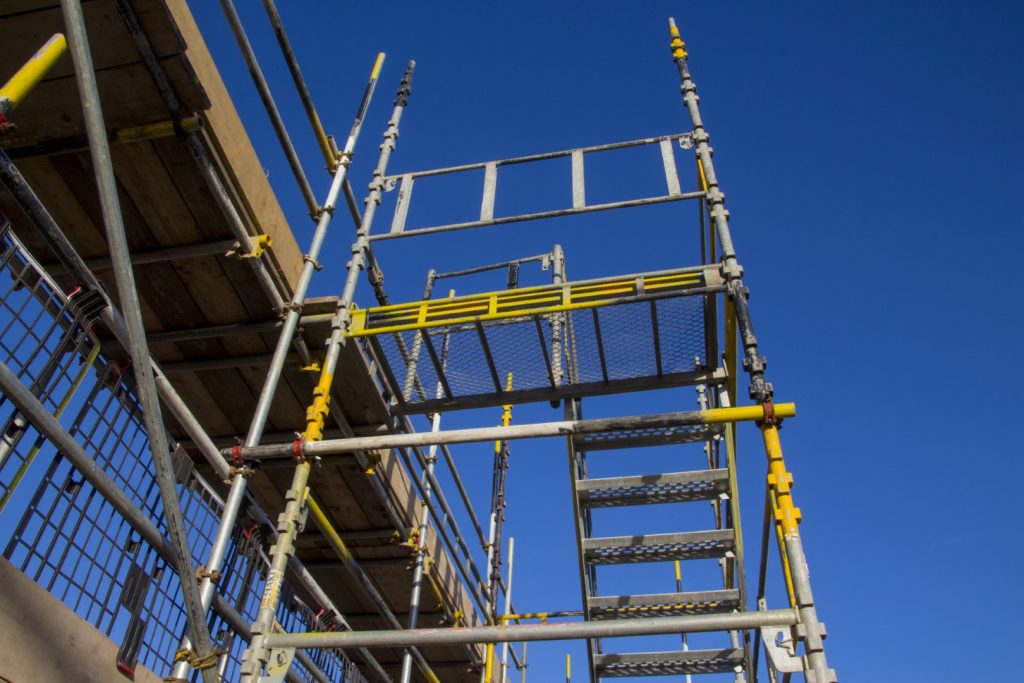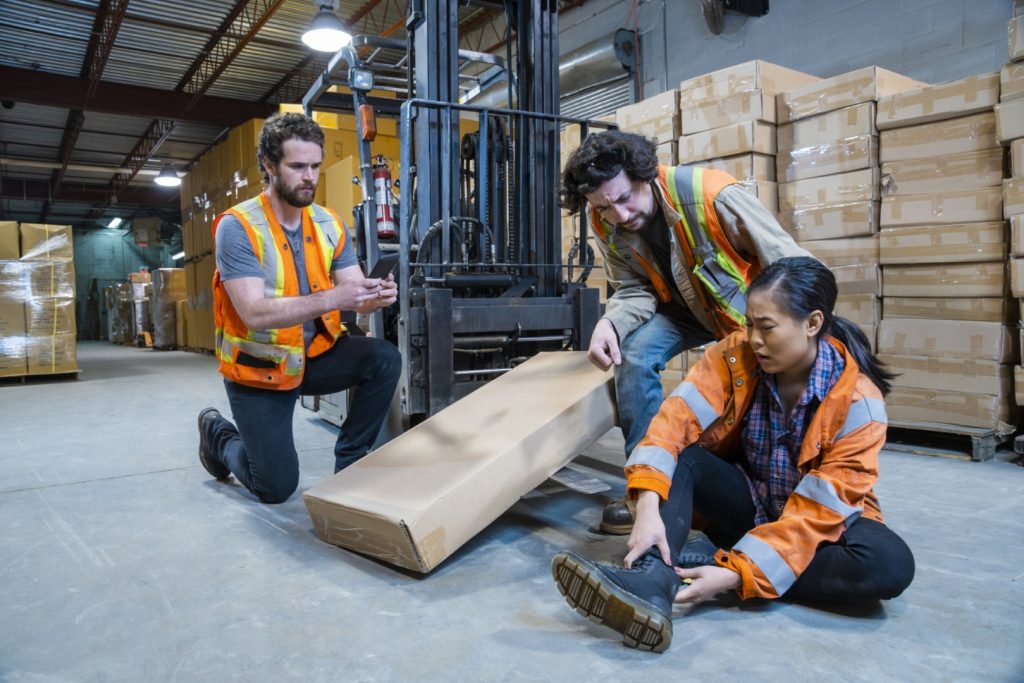A preventable Accident
HSE’s investigation found that the incident could have been entirely avoided had appropriate safety measures been in place. There was no edge protection, no risk assessment, and no safe system of work for the roofing task.
Inspectors confirmed that simple precautions — such as guardrails or temporary edge barriers — would have been reasonably practicable to install before the job began.
Following HSE’s intervention, suitable edge protection was finally fitted, and work was only permitted to resume once the site was made safe.
Worryingly, this was not the first time Mr Smith had come to HSE’s attention for similar failings. He had previously faced enforcement action for failing to provide adequate safety measures on other jobs, highlighting a pattern of poor safety management.







